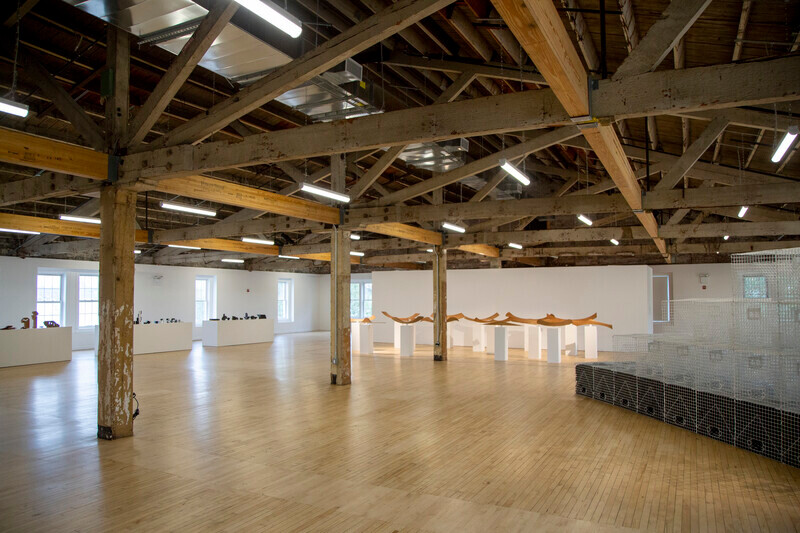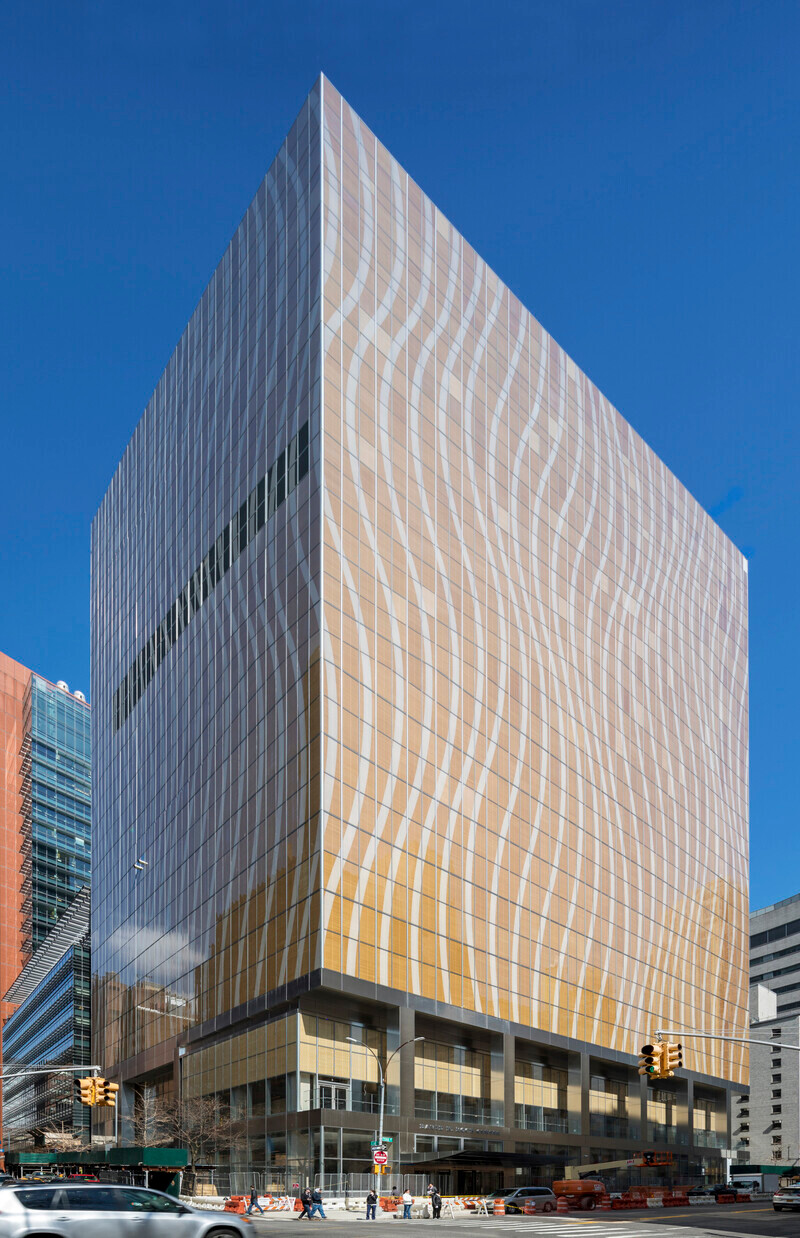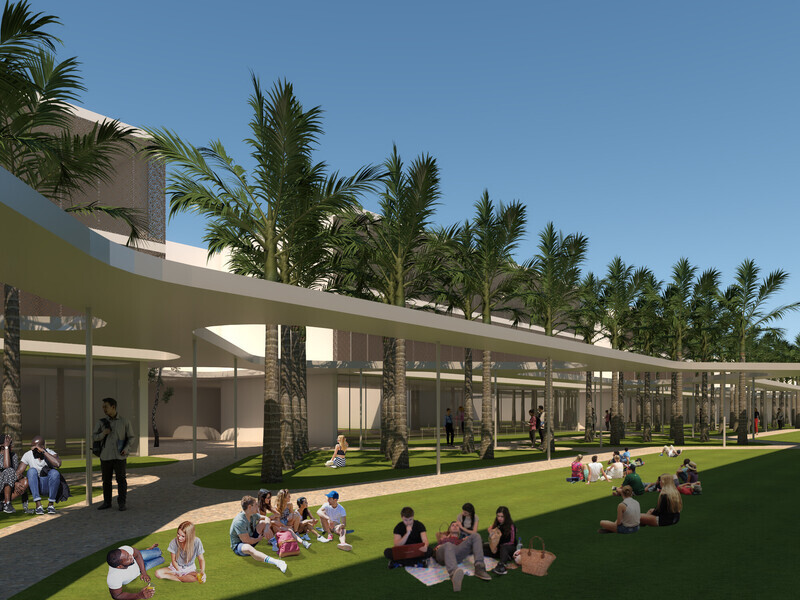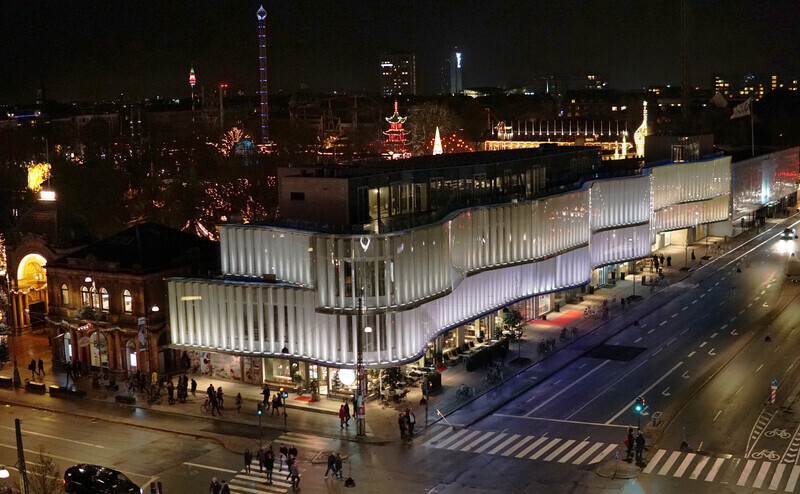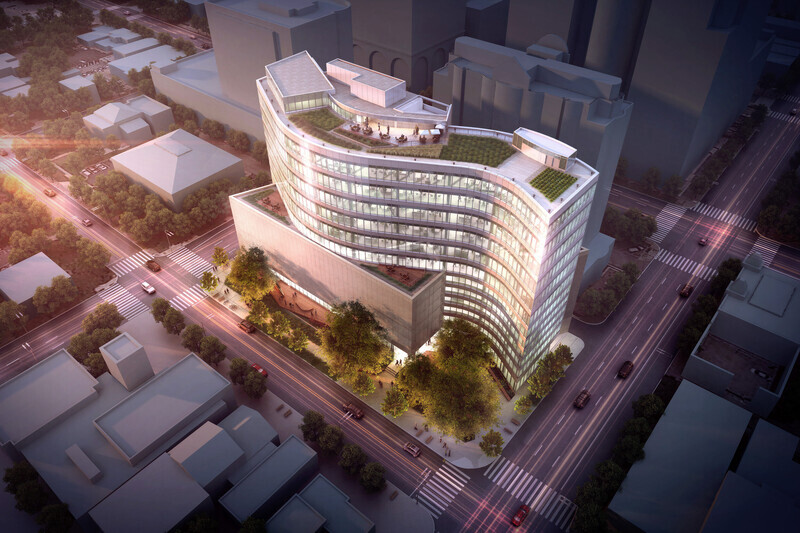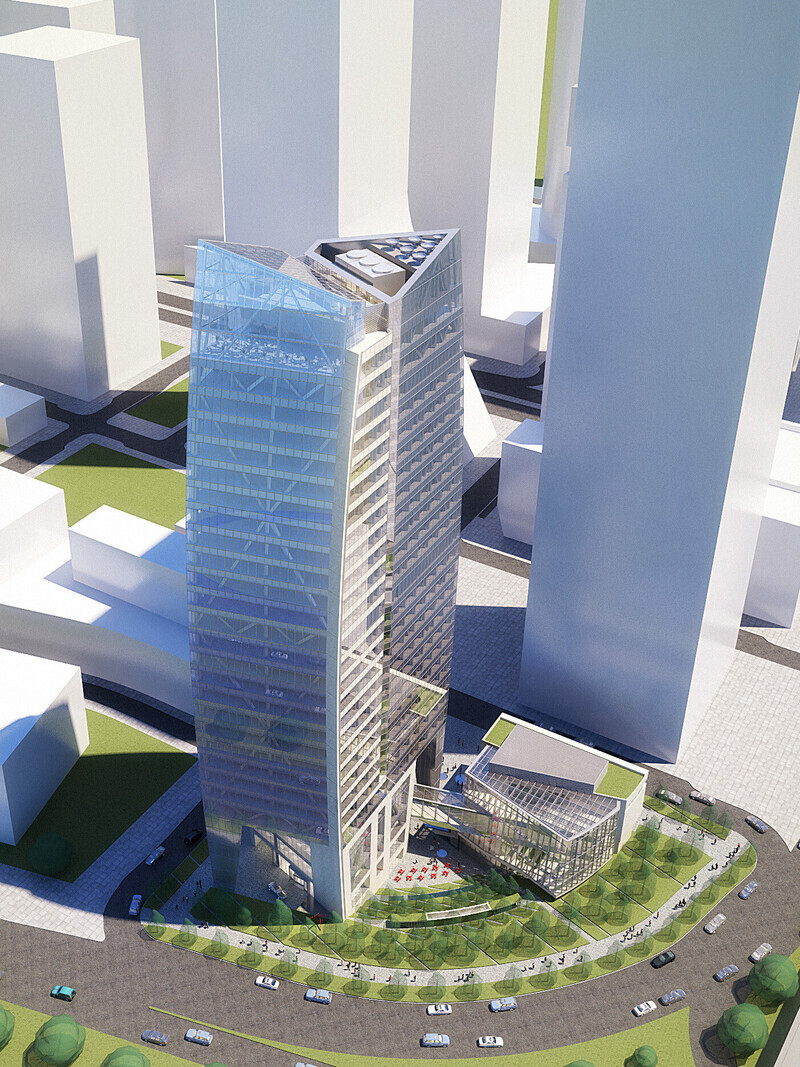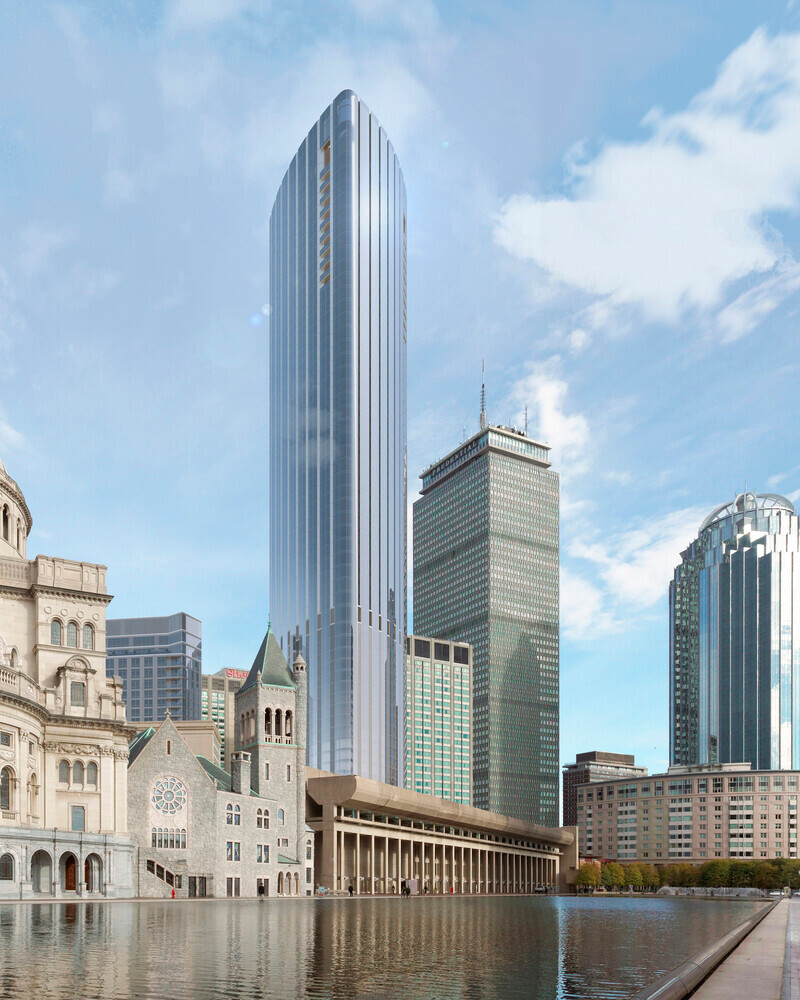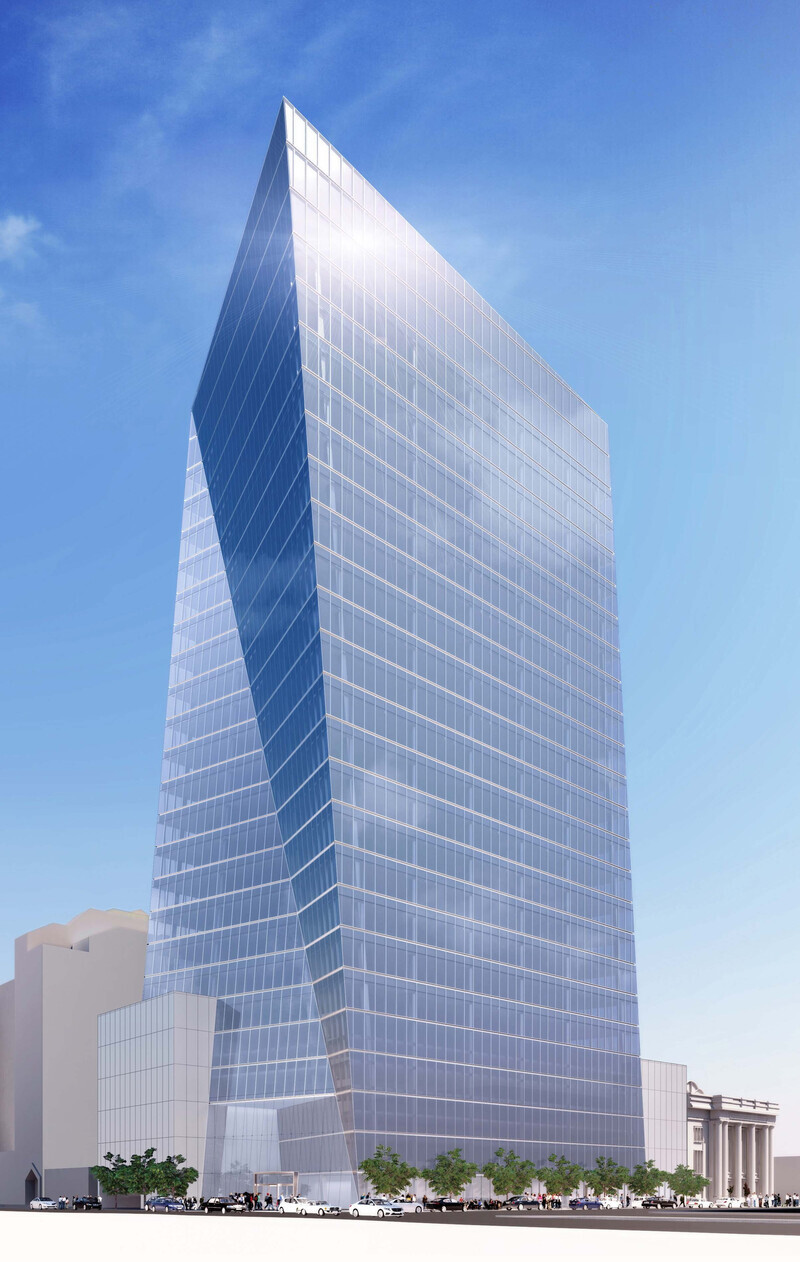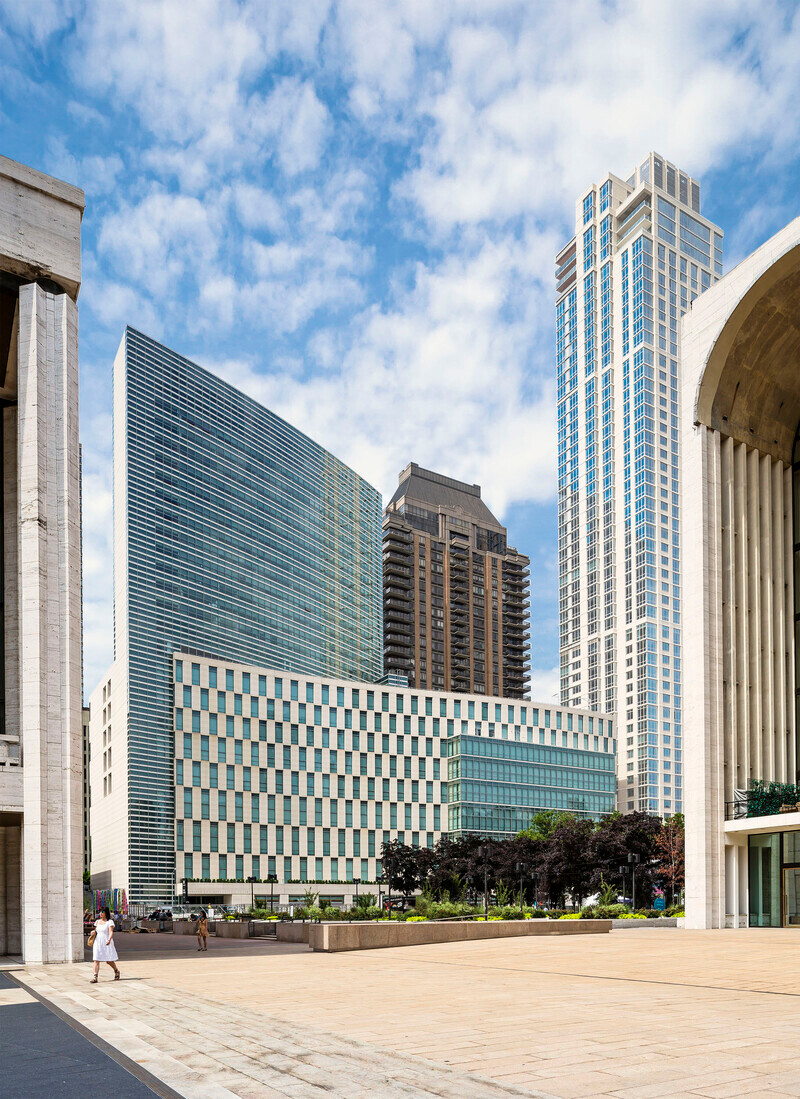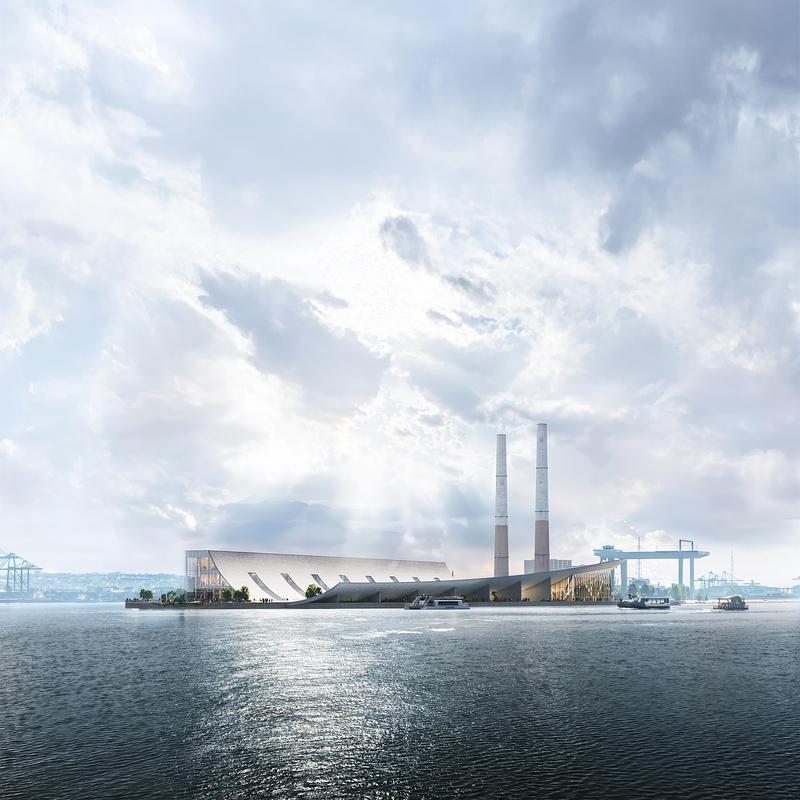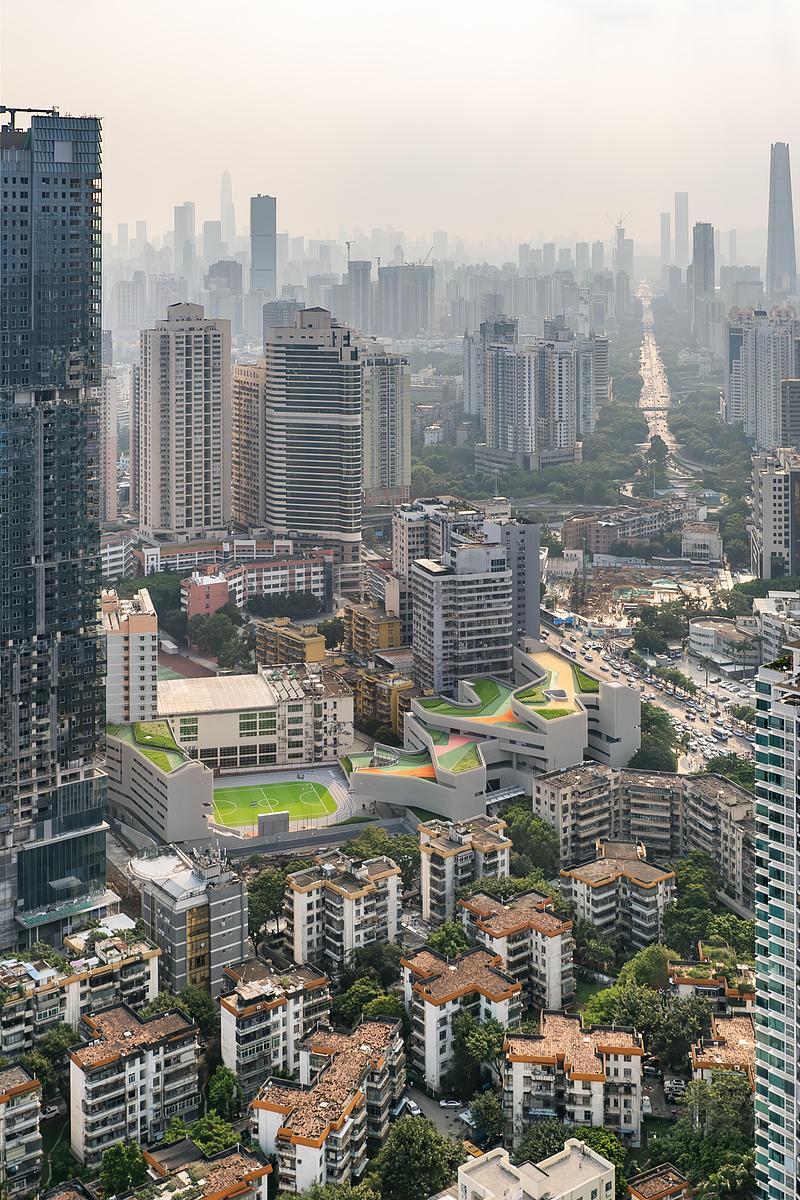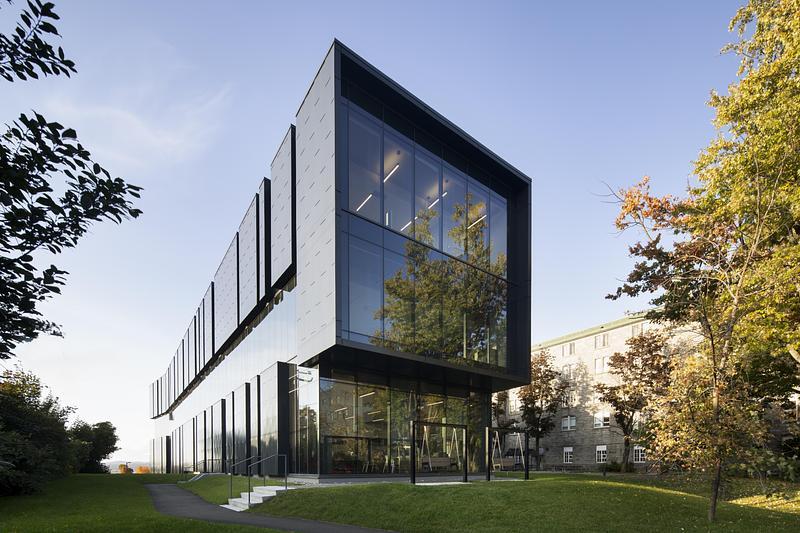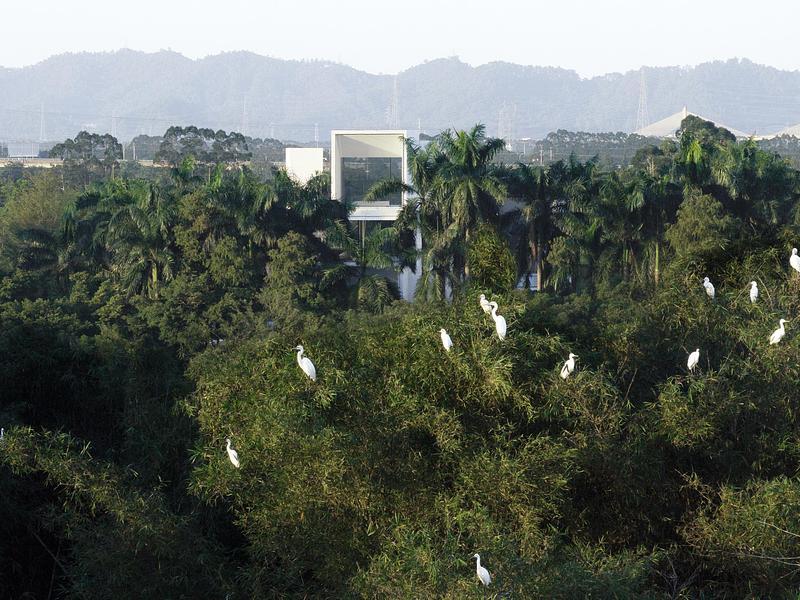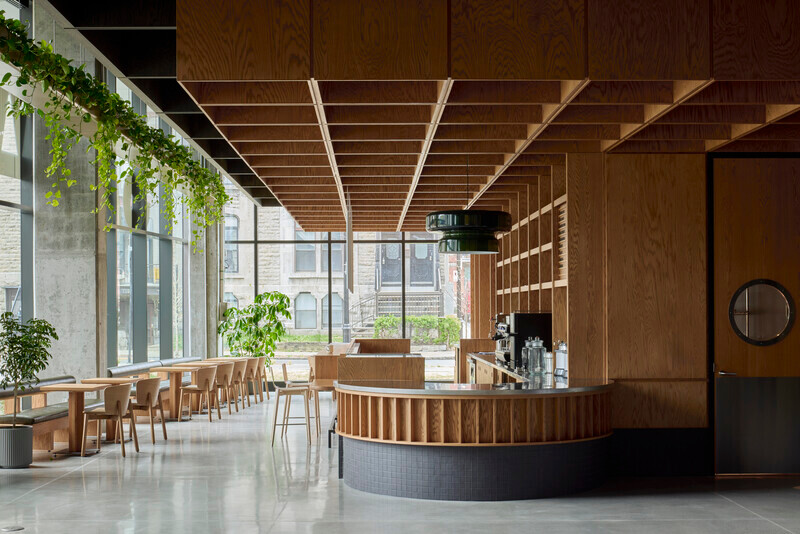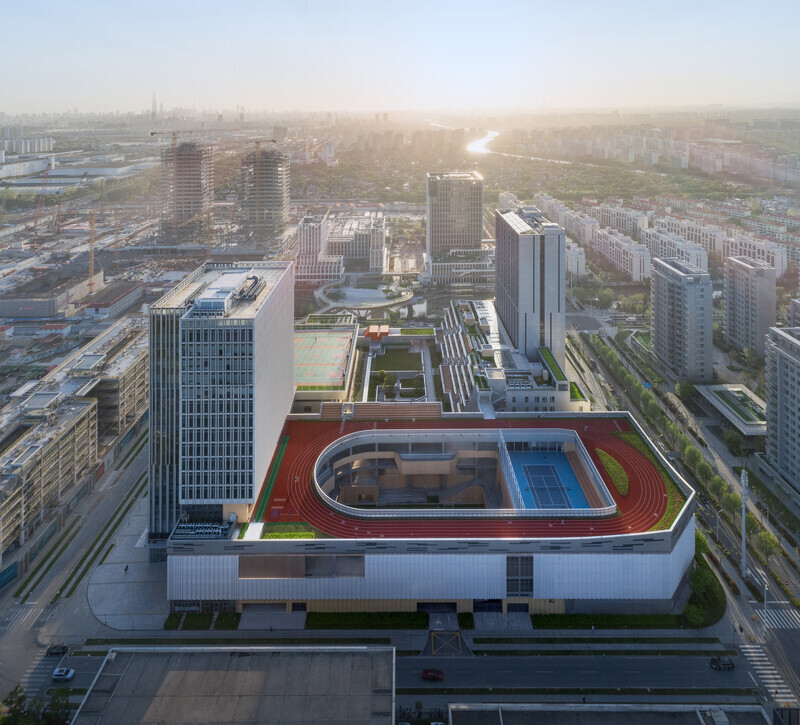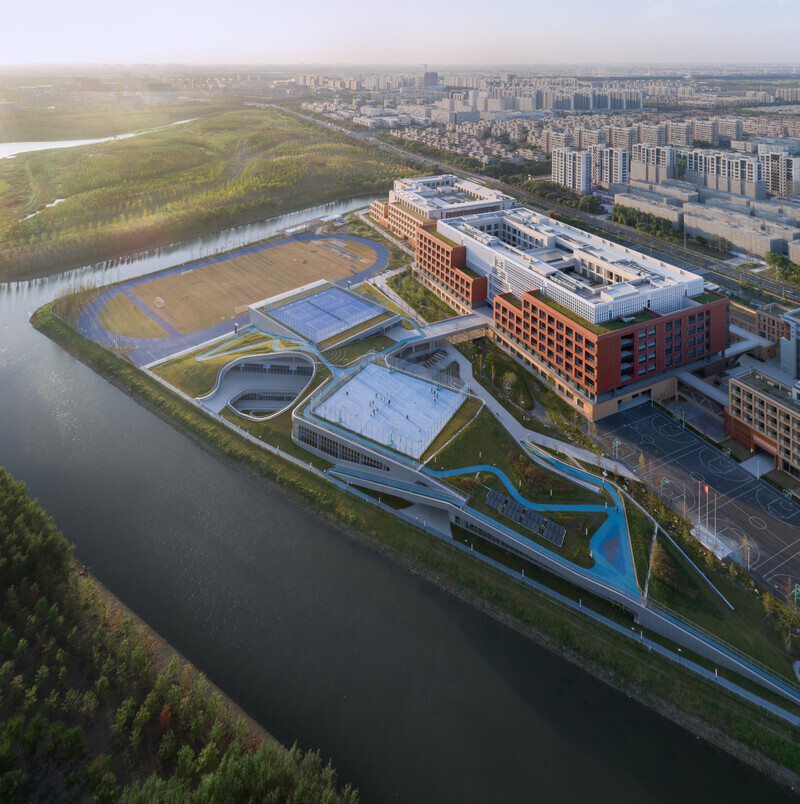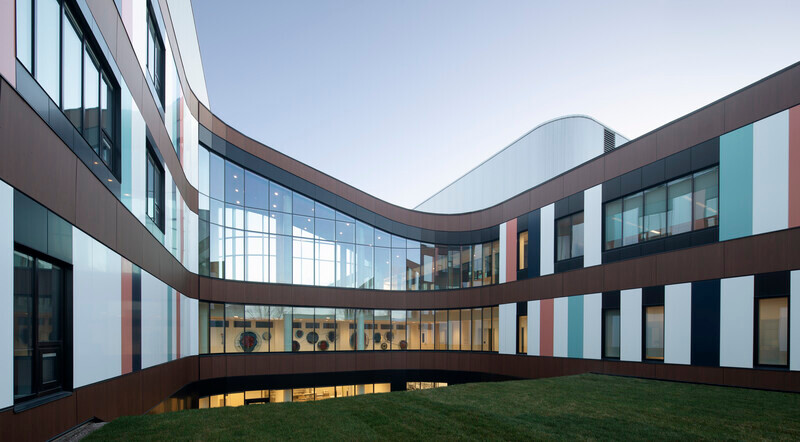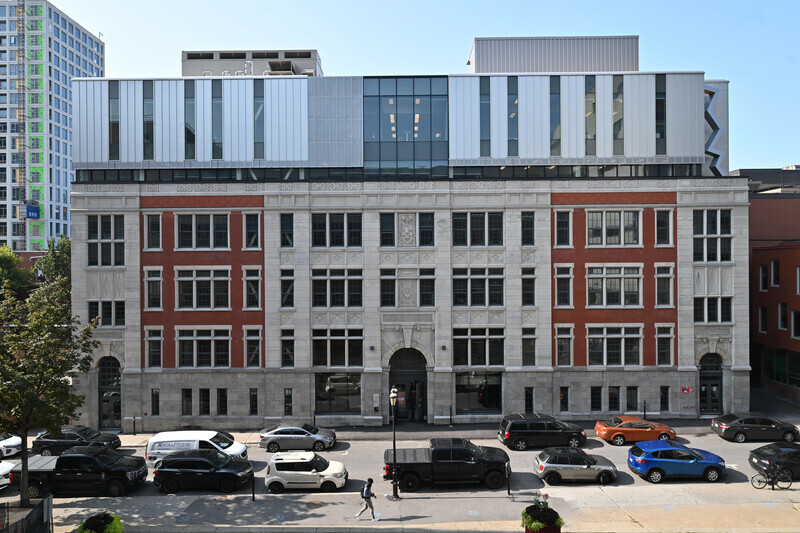
Dossier de presse | no. 1204-13
Communiqué seulement en anglais
The International African American Museum Opens, Honoring Sacred Ground
Pei Cobb Freed & Partners
A collaboration of PCF, Moody Nolan, Hood Design Studio, and Ralph Appelbaum Associates
The long-awaited International African American Museum (IAAM), more than two decades in the making, will celebrate its grand opening on June 24, 2023 at the waterfront site that served as the port of arrival for nearly half of all enslaved Africans brought to North America in the eighteenth and nineteenth centuries. The museum is dedicated to telling their stories, and to celebrating the contributions of their descendants.
IAAM is housed in a building designed by Pei Cobb Freed & Partners and Moody Nolan, with landscape design by Hood Design Studio and exhibition design by Ralph Appelbaum Associates. The firms worked closely together to create a work of architecture and an environment that honors the site’s history, while supporting an array of exhibitions, events, and educational resources.
The building form reflects the guiding principle articulated by its lead designer, the late Henry N. Cobb, for whom the location was paramount. “As the place at which many thousands of Africans from diverse cultures first set foot in North America,” Cobb wrote of the site, “Gadsden’s Wharf is not just the right place to tell this story; it is hallowed ground. Hence the special design challenge of the International African American Museum: to build on this site without occupying it.”
In service to this aim and the mission of IAAM, the newly completed structure grants primacy to the seascape it fronts, the landscape that frames it, and the memorial it shelters. In collaboration with executive architect Moody Nolan, Pei Cobb Freed & Partners designed the 426-foot-long, 84-foot-wide, single-story volume to hover thirteen feet above the ground, supported by eighteen cylindrical pillars arranged in two rows. A deliberately contextual response to the highly charged historical site, the long side walls are clad in pale yellow brick, while the glazed end walls are framed by African sapele louvers, directing views to the Atlantic on the east, and downtown Charleston on the west. The supporting columns are clad in traditional oyster-shell tabby, also used as paving in portions of the landscape.
With the exception of two service cores framing a central skylit stairway, the entire ground plane beneath the building remains open, representing the heart of the site’s collective memory. On the east side of this open space, oriented to the harbor and ocean beyond, a shallow reflecting pool signifies the edge of Gadsden’s Wharf as it was at the beginning of the nineteenth century, the peak of the slave trade. On the west side, oriented to Concord Street and Gadsdenborough Park, granite paving demarcates a sheltered gathering place for group activities and performances.
“The International African American Museum is more than a mark of architecture, it’s an extraordinary milestone,” says Curt Moody, founder of Moody Nolan. “Having worked for the last fifteen years to dream this into being, we are intimately aware of the cultural significance it has for American history. Without this building, this sacred site would have remained unknown, and the stories of our ancestors untold. It’s an honor and a privilege to work on a project that has this kind of tenacity, and we recognize that the opportunity to leave an impression on people around the world, for generations to come, is a rare gift.”
Embracing the entire site, the African Ancestors Memorial Garden, designed by Hood Design Studio, stands as a beacon of remembrance and reflection. The garden acknowledges the history of Gadsden’s Wharf, drawing inspiration from the low-country landscape and the wide-reaching heritage of the African diaspora.
A blend of ecology, craft, and art creates an environment fostering contemplation and dialogue. A series of sub-gardens, nestled within the overarching landscape, celebrates the artistry, craftsmanship, and labor that African Americans have contributed throughout history. A centerpiece of the garden is an expansive water feature evoking the Atlantic Passage, a tribute to the perilous journeys endured by enslaved Africans. Inspired by the eighteenth-century Brooks map, which shows enslaved individuals packed into the lower decks of a slave ship, the water feature has a dynamic quality, as it gently ebbs and flows, alternately revealing figures beneath the surface and cloaking them with reflections of the sky.
Bordering the water feature is a shimmering stainless steel band that traces the historic line of Gadsden’s Wharf. This band serves not only as a reflective border, but also as a ledger of memory engraved with the names of ports that marked the beginning and end of countless journeys during the transatlantic slave trade.
For creative director Walter Hood, “The Ancestors Garden—the site where many enslaved Africans first touched North America—is a series of spaces and exhibits that establish this site as an authentic place of arrival, a place for becoming. The ground beneath the museum is the artifact of the site. As a rich tapestry of water, tabby, grasses, wood, and stone, the hallowed ground and landscape spaces offer contemplation, celebration, and fraught memories.”
The design team envisioned the entry sequence as both a destination and transitional space between the landscape and exhibition. Visitors are drawn into the museum through a luminous atrium at the center of the building, moving from shadow to light as they ascend the monumental stair. On the upper level, large windows at both ends offer unobstructed views of the port to the east and the city to the west. Exhibit designer Ralph Appelbaum Associates (RAA) planned the narrative flow of the installations around the architecture, organizing the east side thematically, with an introductory corridor and orientation theater leading to multimedia displays of South Carolina and Gullah Geechee culture, African roots, and the Atlantic world. The west side features a chronological, interactive gallery called American Journeys, juxtaposed with media related to the legacies of slavery and current movements around racial equality and social justice. The Center for Family History, at the west end of the building, provides a major resource for the study and advancement of African American genealogy, where genealogists and the public can research the museum’s unique collection of primary sources, documents, and texts.
“Museums have become community resources, talking about big issues, not just places that safeguard things of the past,” notes Aki Carpenter, RAA Vice President and Chief Creative Officer. “IAAM is a space to address important issues we are talking about in our country, in the place where these things happened.”
The International African American Museum will open to the public on June 27th.
Technical sheet
Design team
Pei Cobb Freed & Partners, New York
Design Architect (Architecture; exterior envelope; interior design of Public Spaces)
- Henry N. Cobb, Lead Designer
- Matteo Milani, Lead Designer
- Hitoshi Maehara, Senior Design Architect
Moody Nolan
Executive Architect; FF&E; Signage
- Curt Moody, Partner in Charge
- Jonathan Moody, Project Executive
- Bob Larrimer, Project Manager
- Julie Cook, Senior Project Architect
Hood Design Studio, Oakland, California
Landscape Design
- Walter Hood, Creative Director
- Paul Peters, Design Principal
Ralph Appelbaum Associates (RAA), New York
Institutional Planning, Museum Exhibition Conceptual Design, Interpretive Planning
- Ralph Appelbaum, Principal
- Aki Carpenter, Vice President and Chief Creative Officer
Guy Nordenson and Associates, New York
Structural Engineering
Arup, USA
M/E/P/FP Engineering; Acoustic Consulting; Communications Infrastructure; Security Consulting; Lighting Design (Base Building, Exterior, Landscape)
SeamonWhiteside, Mount Pleasant, South Carolina
Landscape Architect of Record
Venue Consulting, St. Petersburg, Florida
Construction Cost Consulting
Forsberg Engineering, Charleston, South Carolina
Civil Engineering; Survey
S&ME, Charleston, South Carolina
Geotechnical & Environmental Engineering
Bihl Engineering, Charleston, South Carolina
Traffic Engineering
CCI, New York
Code Consulting
Aqua Design International, Tucson, AZ
Water Feature M/E/P
Whole Building Systems, Mount Pleasant, South Carolina
Commissioning
Collaborating exhibition design team
Carolynne Harris Consulting, Denver, Colorado
Museum Planning and Implementation
Technical Artistry, New York
Lighting Design (Exhibit Spaces)
Cortina Productions, McLean, Virginia
Multimedia Design and Production
Construction team
Turner, Charlotte, North Carolina
Construction Manager
Brownstone, Charleston, South Carolina
Construction Management
Solomon Group, New Orleans, Louisiana
Exhibit Fabrication
Zone Display Cases, Quebec City
Display Case Fabrication
Johnson Controls, Milwaukee, Wisconsin
AV System Integration
Project data
Site: On the site of the former Gadsden’s Wharf on the Cooper River, overlooking Charleston Harbor
Area: 41,800 sf gross floor area
Dimensions: main building volume: length: 426’, width: 83’-8”, height: 24’; ground level columns (18): 13’ tall
Major components: Exhibition area, Center for Family History, administrative offices, museum shop, café, African Ancestors Memorial Gardens, Tide Tribute
Materials: north/south walls: handmade Danish Brick
east/west ends: African Sapele wood
ground-level column cladding: oyster-shell tabby (GFRC)
exterior flooring: Jet Mist granite and cast-in-place concrete with tabby finish
Lead photo © Sahar Coston-Hardy/Esto
Drawings and high-resolution images for print publication available on request
Timeline
Proposed (Mayor Joseph P. Riley Jr.): 2000
Preliminary concepts: 2008
Final design start: 2014
Groundbreaking: October 25, 2019
Opening celebrations: June 24, 2023
Open to the public: June 27, 2023
About Pei Cobb Freed & Partners
With projects in progress in North and South America, Europe, the Middle East, Asia, and Australia, New York–based Pei Cobb Freed & Partners is a leader in architectural design and sustainability. Across more than six decades of exceptionally diverse practice, the firm has completed building and planning projects in more than 100 cities around the world. Consistently recognized for excellence in design, the firm’s projects have received more than 300 major design awards, including 24 AIA Institute Honor Awards and three AIA Twenty-five year Awards. For more information, visit pcf-p.com.
About Moody Nolan
Moody Nolan is the country’s largest African American–owned architecture firm. Founded in 1982 with just two employees in Columbus, Ohio, the firm has grown to 360 employees across 12 offices. Specializing in corporate, education, sports/recreation, collegiate, healthcare, housing/mixed-use, and public service facilities, Moody Nolan is guided by its mission to improve every life the firm touches through high-performance design, exercising responsible citizenship in designing places and spaces that positively impact clients, community, and the environment. Acknowledging the firm’s sustained professional excellence, in 2021 the American Institute of Architects (AIA) named Moody Nolan the 58th recipient of the Architecture Firm Award, the AIA’s highest honor for an architecture practice. In 2022 the firm celebrated its 40th anniversary and was named one of the most innovative architecture firms by Fast Company. For more information, visit moodynolan.com.
About Hood Design Studio
Hood Design Studio, Inc., founded in 1992, is a social art and design practice based in Oakland, California. The studio’s practice is tripartite: art and fabrication, design and landscape, and research and urbanism. This breadth allows the studio to understand each place in its scale and context, with an approach adapted to the particulars of a space. The studio’s work strengthens endemic patterns and practices—ecological and cultural, contemporary and historic, as well as those that remain unseen or unrecognized. Urban spaces and their objects act as public sculptures, creating new apertures through which to see emergent beauty, strangeness, and idiosyncrasy. For more information, visit hooddesignstudio.com.
About Ralph Appelbaum Associates
Ralph Appelbaum Associates (RAA) is the world’s largest practice dedicated to the planning and design of museums and narrative environments. Using physical space as a medium for communication and dialogue, RAA brings together designers, architects, artists, historians, educators, media makers, technologists, writers, and poets who are passionate about encouraging a mindful connection to the world around us. Past and current projects include many of the world’s most recognizable cultural attractions. RAA’s work has been honored with every major award for design and communication, including the first-ever National Design Award for Communications Design. For more information, visit raai.com.
Pour plus d’informations
Contact média
- Pei Cobb Freed & Partners
- Emma Cobb, editor
- communications@pcf-p.com
- 212-872-4000
Pièces jointes
Termes et conditions
Pour diffusion immédiate
La mention des crédits photo est obligatoire. Merci d’inclure la source v2com lorsque possible et il est toujours apprécié de recevoir les versions PDF de vos articles.
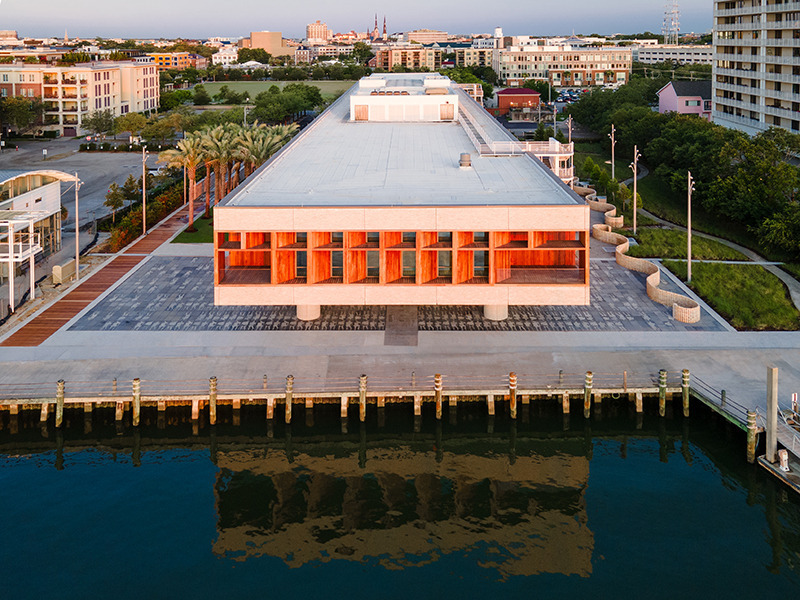
Image basse résolution : 2.67 x 2.0 @ 300dpi ~ 550 ko
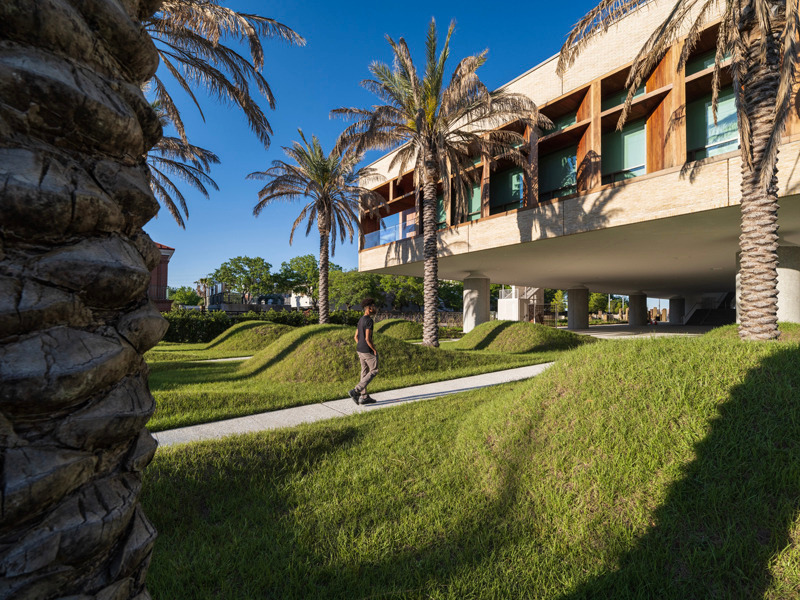
Image basse résolution : 2.67 x 2.0 @ 300dpi ~ 590 ko
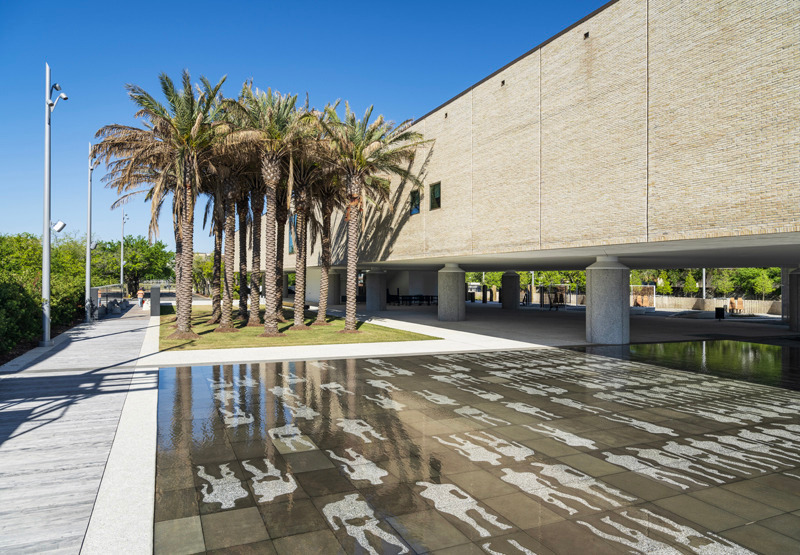
Image basse résolution : 2.67 x 1.85 @ 300dpi ~ 490 ko
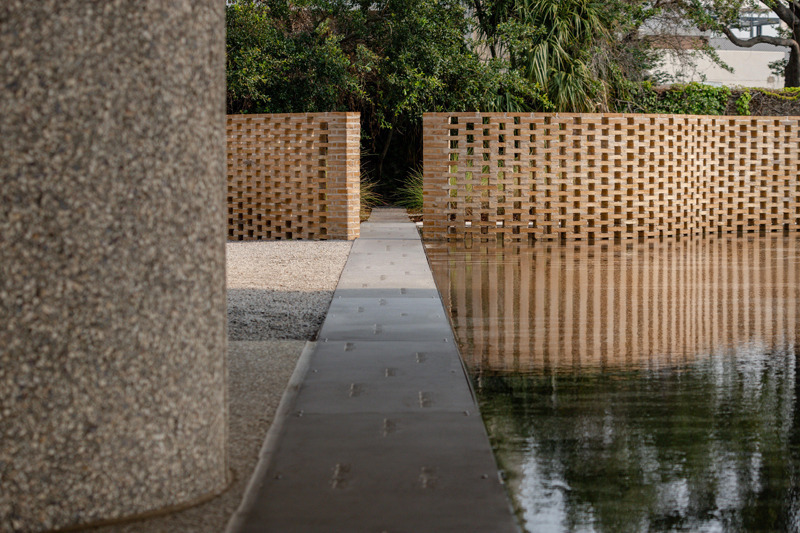
Image basse résolution : 2.67 x 1.78 @ 300dpi ~ 510 ko
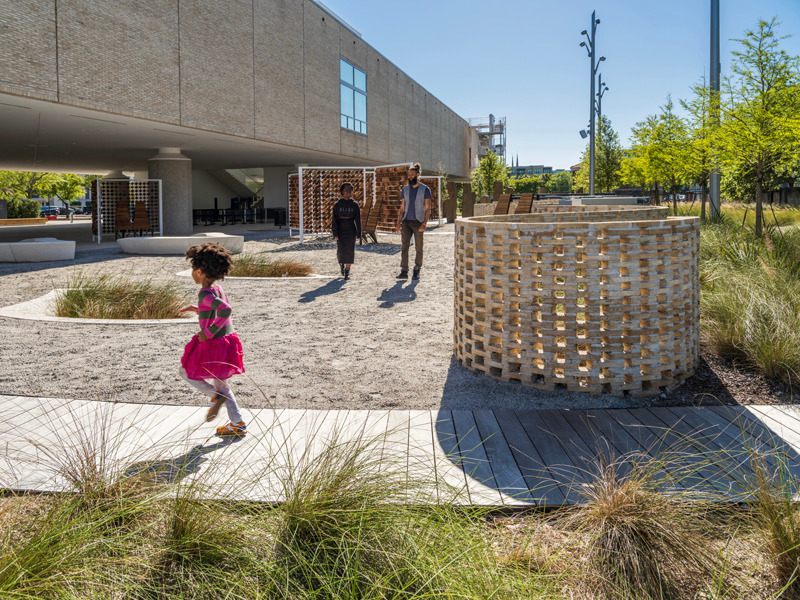
Image basse résolution : 2.67 x 2.0 @ 300dpi ~ 640 ko
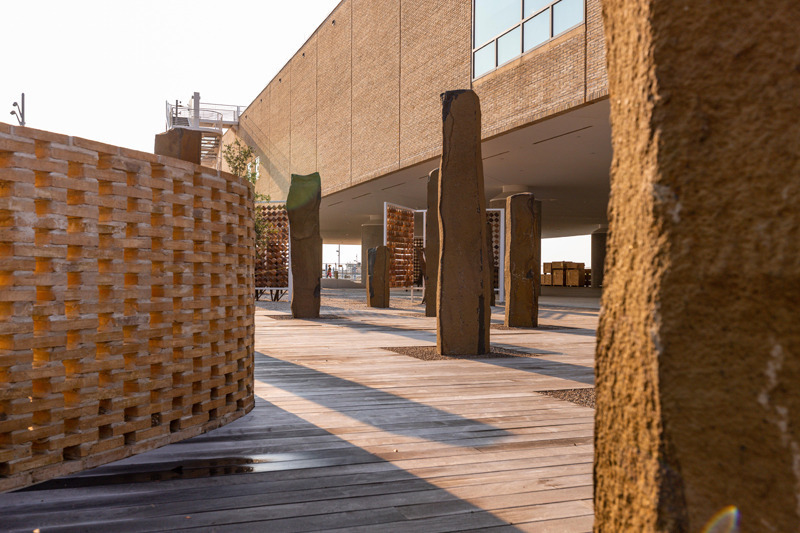
Image basse résolution : 2.67 x 1.78 @ 300dpi ~ 450 ko
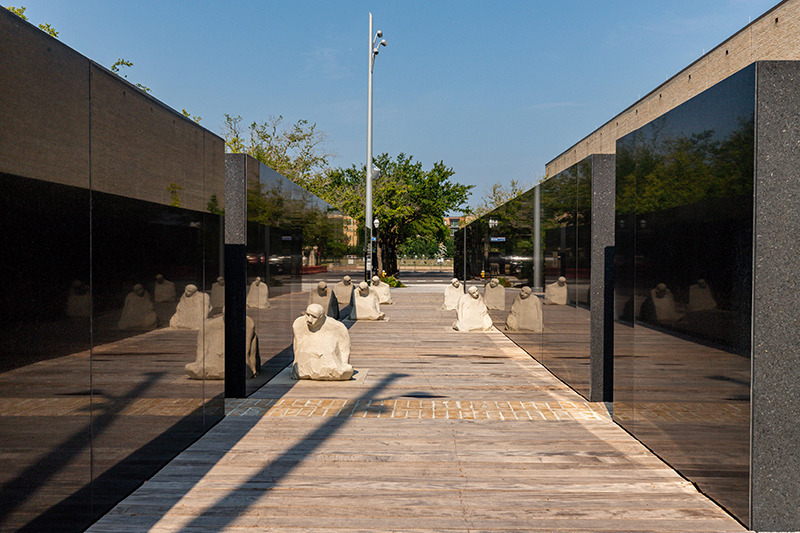
Image basse résolution : 2.67 x 1.78 @ 300dpi ~ 520 ko
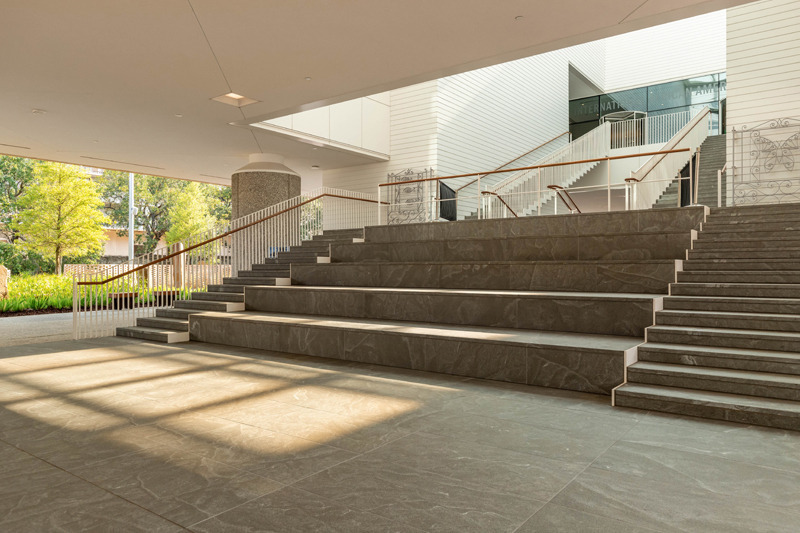
Image basse résolution : 2.67 x 1.78 @ 300dpi ~ 360 ko
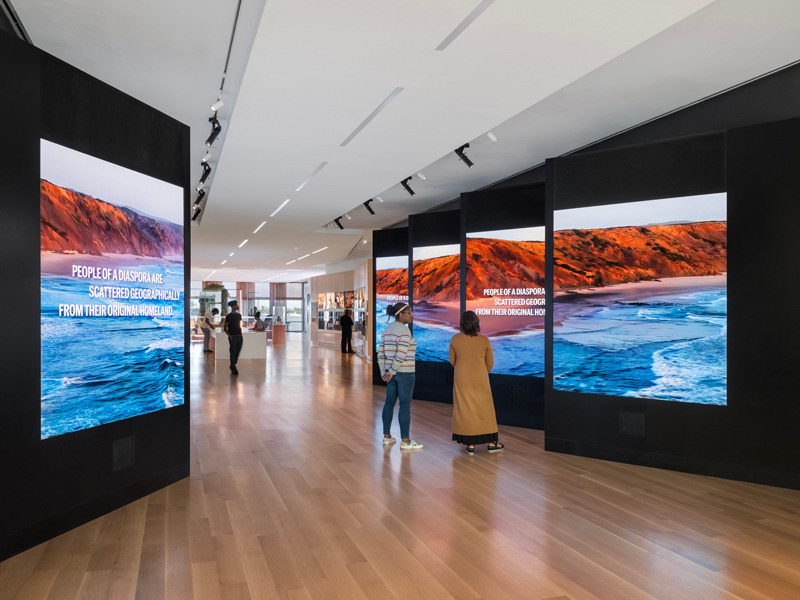
Image basse résolution : 2.67 x 2.0 @ 300dpi ~ 330 ko
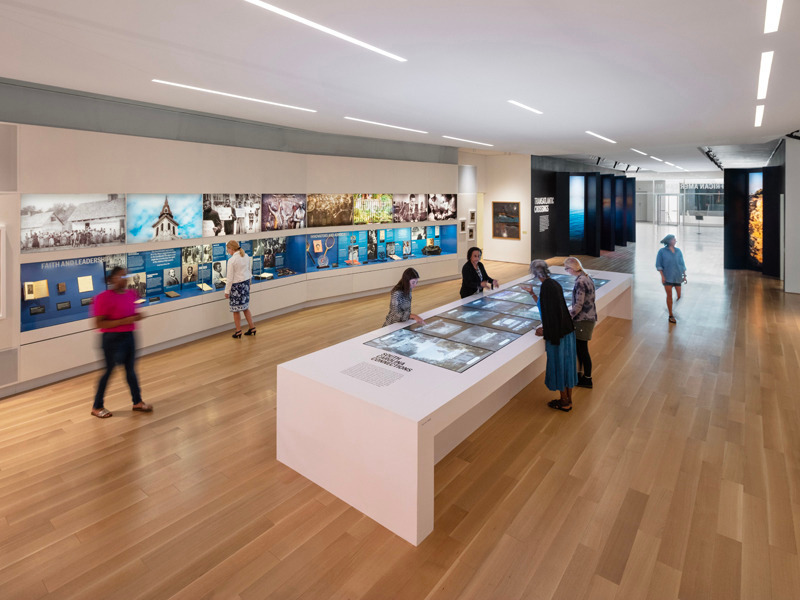
Image basse résolution : 2.67 x 2.0 @ 300dpi ~ 320 ko
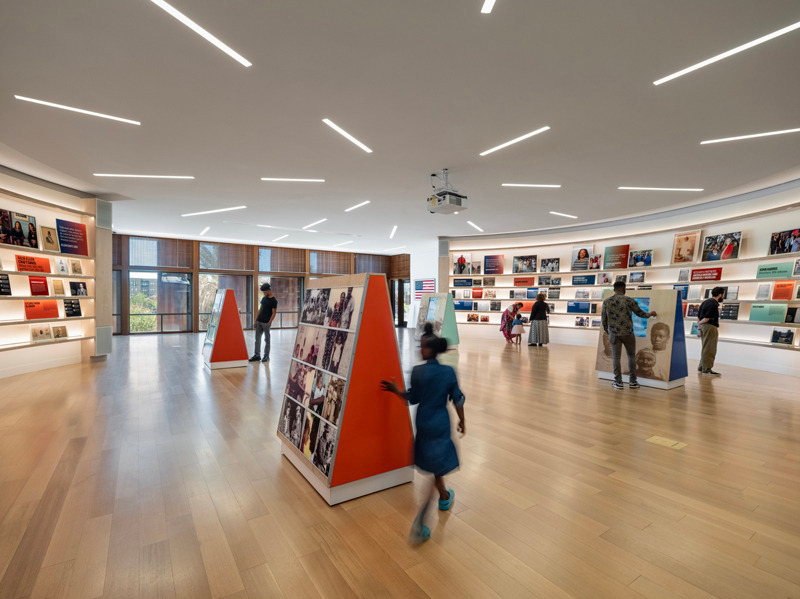
Image basse résolution : 2.67 x 2.0 @ 300dpi ~ 320 ko
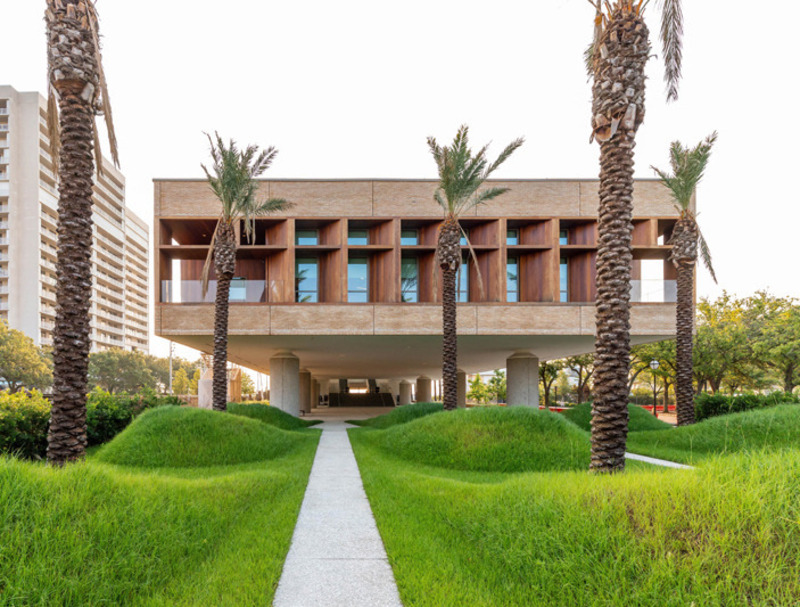
Image basse résolution : 2.34 x 1.78 @ 300dpi ~ 430 ko
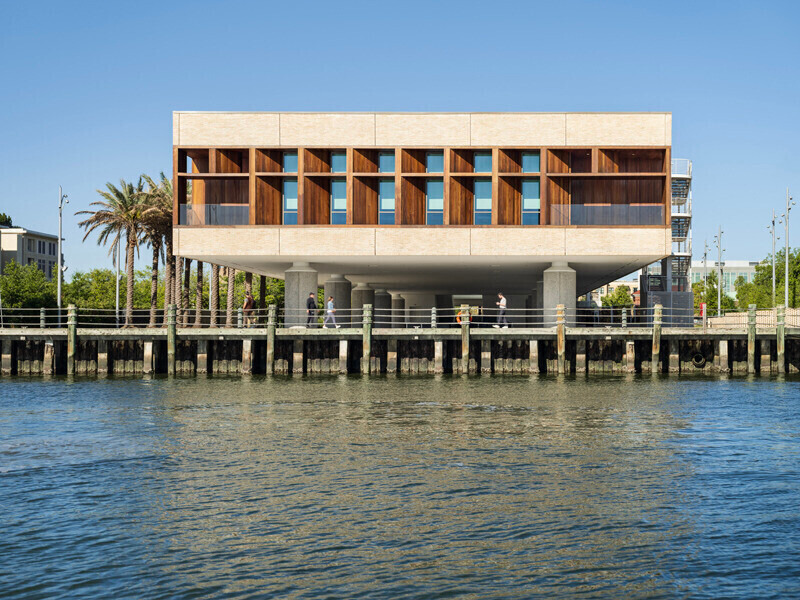
Image basse résolution : 2.67 x 2.0 @ 300dpi ~ 230 ko

